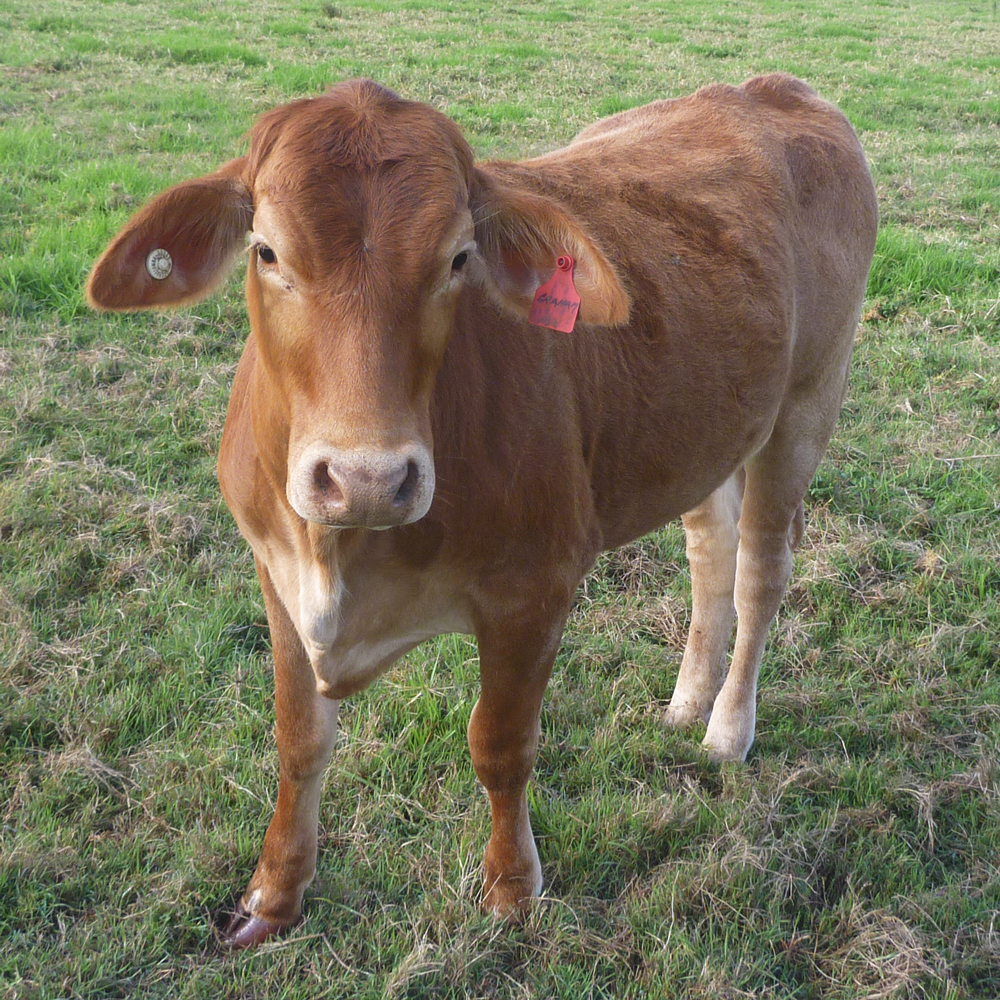

The classic idiom ‘you are what you eat’ applies just as well to cows as it does to humans, and there are some pretty significant differences in the quality of red meat based on how the animal was fed.
Research is shows grass-fed meat surpasses grain-fed is that it contains considerably more antioxidants, vitamins, and minerals and up to a third less fat than grain fed meat.
Most cows are fed on a grain mix made up mainly of cheap corn. Just like humans on a high-carb diet, grain-fed cows fatten up fast. This gives producers a quick, inexpensive turnaround from the feedlot to your supermarket’s meat department. But a number of beef farmers have begun feeding their herds the way they all did 50 years ago, letting them roam the fields to graze at will. They’re switching to grass for a variety of reasons, including a desire to improve their animals’ quality of life.
It just so happens that what makes cows happy also makes their meat healthier. Beef from grass-fed meat has up to a third less fat per serving. Another possible health perk: is fewer bouts of food poisoning. The Journal of Dairy Science has reported that levels of E. coli are usually higher in grain-fed cattle.
Grass-fed beef may have some heart-health benefits that other types of beef don’t have. When compared with other types of beef, grass-fed beef may have:
- Less total fat
- More heart-healthy omega-3 fatty acids
- More conjugated linoleic acid, a type of fat that’s thought to reduce heart disease and cancer risks
- More antioxidant vitamins, such as vitamin E
Antioxidants such as vitamin E and beta-carotene also work together synergistically to protect the meat itself from damage during the journey from butcher to plate.
